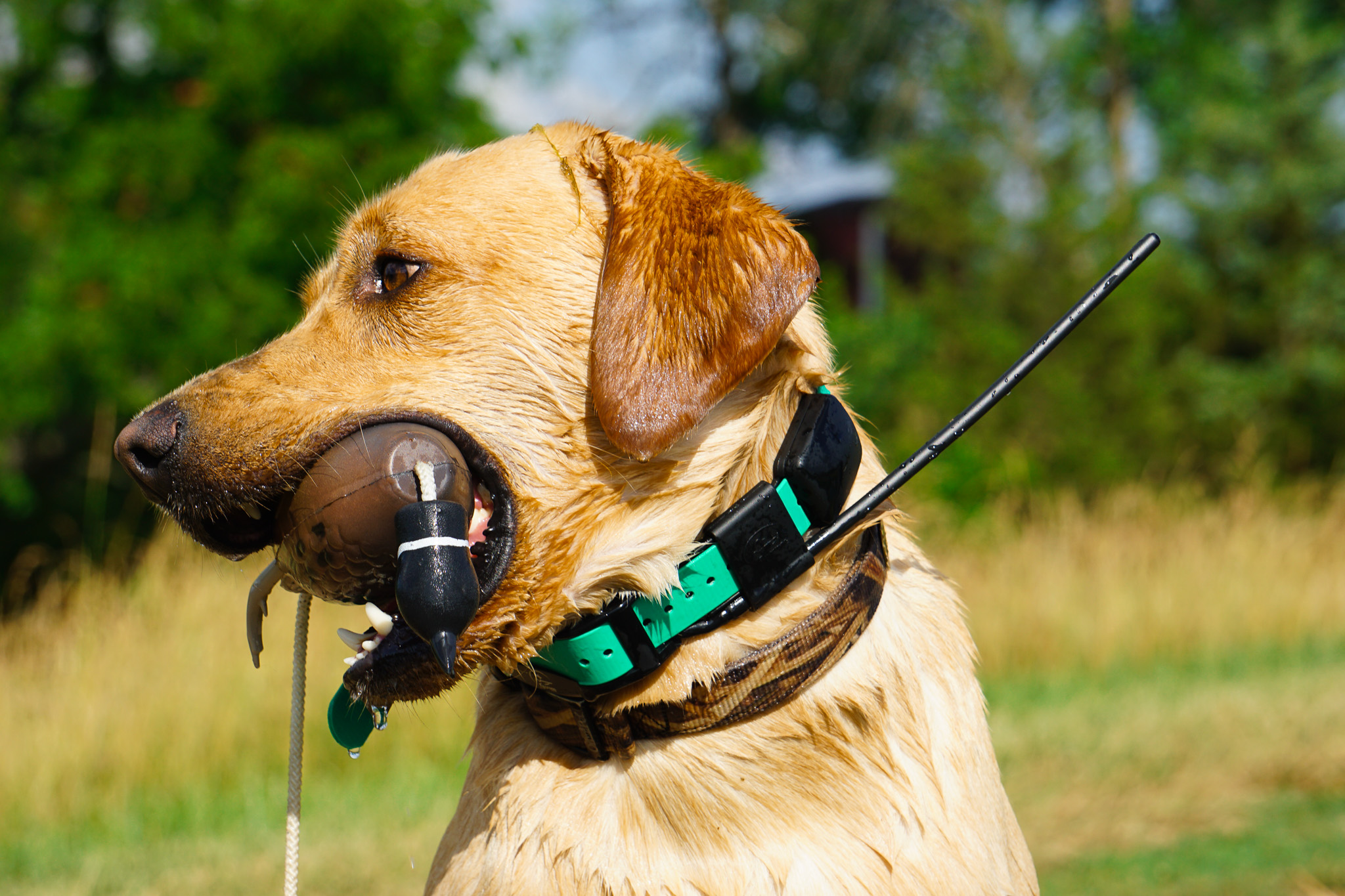To celebrate Mother’s Day, all week long we’ll be publishing a series of stories all about moms––about their companionship in the outdoors, about them encouraging us to hunt and fish, and about how we wouldn’t be where we are, or who we are, without them. Fittingly, we’re calling this series “Thanks, Mom.”
Except for the gaudy wet flies in the circle cast by my headlamp, the only color anywhere was a hazy yellow glow from the window of a stone croft on a hill. My parents and I had rented it for the week we’d be fishing Scotland’s River Spey, and I could picture my mother in there reading, wearing the sweater she’d bought in the secondhand store in Aberdeen, feeding chunks of peat to the fire. I don’t think she’d expected that we would fly a quarter turn around the world to fish from sundown to dawn, but then it shouldn’t have come as a surprise. My father had been leaving her to fish midnight rivers since they were married.
There was a time when she adapted to his passion by donning comical-looking waders and a mosquito net to cast plugs for smallmouth bass, back in the creeks of the Appalachian folds where she and my father had grown up together. I once saw a black-and-white photograph of her holding a bass. But my mother, the best fishing companion I have ever had, was not an angler.
Art was where her heart lay. She showed great promise, her best work an oil painting she did around the time of my birth. It is of a little girl wearing a red dress and a sad face. The girl is sitting alone in a dark room, doing embroidery. It is the last large canvas my mother ever completed and proved to be prophetic: For a woman whose family is her life, she has done a lot of sitting alone in dark places.
On that night in Scotland, with the croft on the hill and the river singing in its sleep, I decided on a pair of flies—a Blue Charm for the point and a pattern called the Medicine for the dropper. Sea trout were moving into the Spey with every turn of the tide and had the maddening habit of merely plucking at the feathers. It must have been toward three in the morning before I finally hooked one and brought it to the bank. It was a fine fish of 4 or 5 pounds with a lavender sheen to its flanks, and the magic of it kept me casting until the sun threw its wick on the eastern horizon. My father had quit earlier and was asleep in the croft. My mother set down her book and smiled from her chair as I came through the door carrying the trout.
That was some 30 years ago, though I do not think of the time passing in numerical terms. Rather, the nights she has spent waiting are measured in cats. The first cat to sit on her lap while she read her book was a Siamese named Velvet. In those years we camped on Michigan’s Au Sable River, and my brother and I would sit in the car with her at one bridge or another as the beam of Dad’s headlamp bobbed away into the cedar swamp. My mother lost me to the river when I was big enough to wade, and my younger brother a couple of years later. By then the cat’s name was Silk, who lived to be 21, and the catalog of rivers had grown to include the Platte, the Betsie and the Manistee in Michigan, and Montana’s Madison. The next cat was Silver. For a long time I failed to notice that the hand petting the cat had grown older.
My father passed away some years ago, but the waiting has continued—my mother once said that as long as she stayed awake, she believed I would be safe. She has waited for me in cold stone crofts, in cars with rounded fins dating back to the 1950s, in a dozen tents, and by a few hundred campfires. She has been at my side, the invisible hand that keeps me steady in the current and to whom I have returned unharmed, for more than 50 years. Even as I jot these thoughts in the notebook I keep in my fishing vest, she is waiting. It is a little after midnight, and the river is the Missouri. I’m fishing just down the hill from her house, and I can picture her wearing the shawl I got her in India, sitting before the fireplace. The cat’s name is Daisy. I make one cast and then another, swimming my streamer in the hopes of a 10-pound trout.
Up the hill, a light shines in the window.
This story originally ran in the February 2015 issue of Field & Stream.
Read the full article here




